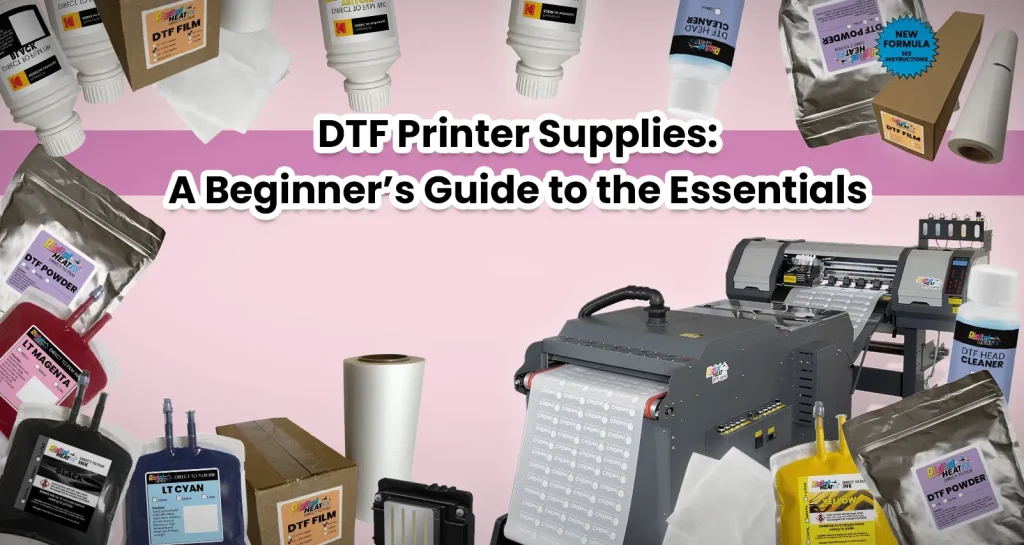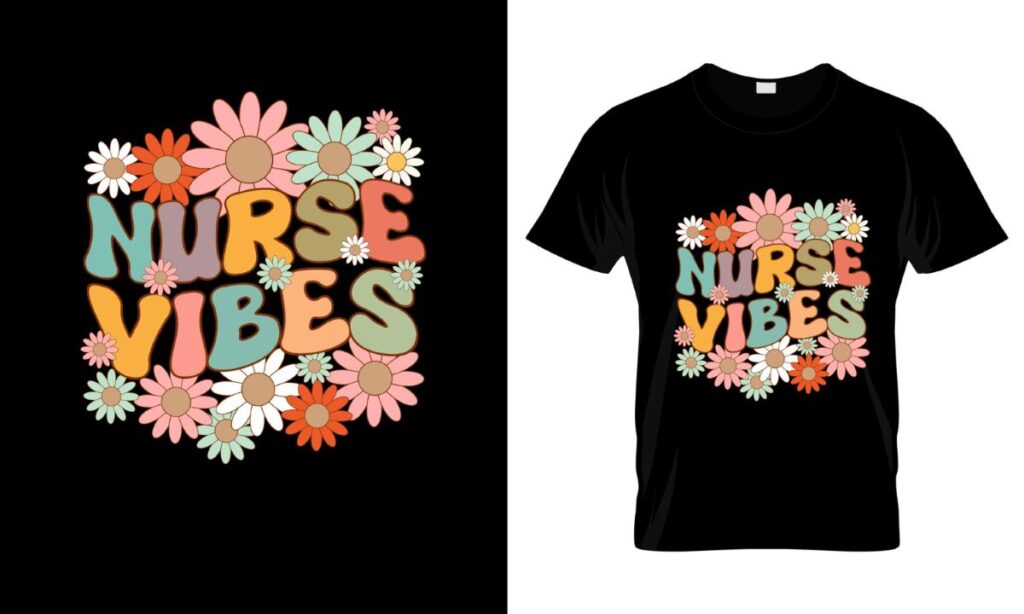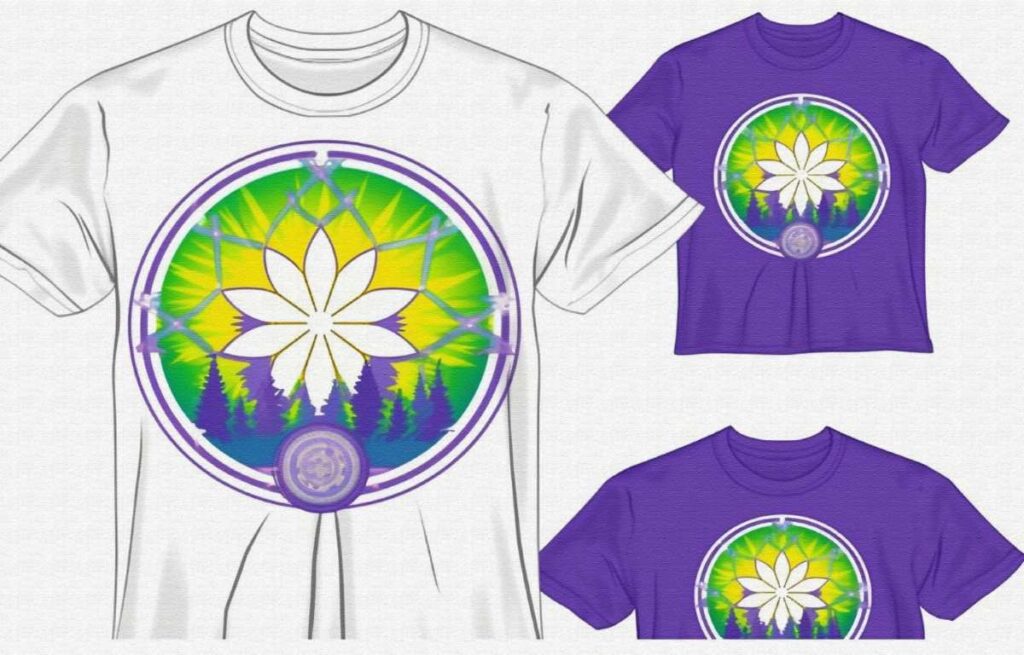DTF Supplies play a pivotal role in revolutionizing the way professionals approach custom garment printing. Employing Direct to Film (DTF) printing techniques, these supplies enable creators to transfer vibrant, high-resolution designs directly onto a wide range of fabrics with remarkable ease. The DTF transfer process incorporates specialized inks, transfer films, and adhesive powders, ensuring that the final product is not only visually stunning but also durable. As businesses seek innovative solutions for custom designs, DTF Supplies become essential to achieving professional-level results that stand out in today’s competitive textile market. Explore how these professional printing supplies can elevate your customization projects and captivate your audience.
In today’s competitive landscape of textile decoration, understanding the tools and materials required for modern printing techniques is essential. The Direct to Film approach is emerging as a go-to choice for custom apparel production, providing unmatched detail and vibrant colors. This innovative method streamlines the process of applying intricate designs onto various fabrics, making it easier for businesses to cater to diverse customer needs. By utilizing advanced printing materials like transfer films and specialized inks, professionals can ensure high-quality outputs that satisfy even the most discerning clients. It’s a fresh perspective on garment customization that redefines possibilities in the world of textile printing.
The Basics of DTF Printing Techniques
DTF printing techniques have revolutionized the custom garment printing landscape, allowing for intricate designs and vivid color palettes that elevate fashion and promotional items. One of the key aspects of DTF printing is the ability to produce complex artwork with minimal setup time compared to traditional methods like screen printing. The DTF process involves printing designs onto a special transfer film that is later bonded to fabric using heat and pressure, which simplifies the workflow and increases efficiency. This versatility is particularly advantageous for small businesses and individuals looking to create unique, one-of-a-kind pieces.
Understanding the specifics of DTF printing can significantly enhance the quality of output. The technique is known for its adaptability to various fabric types including cotton, polyester, and blends. This not only broadens the market for printers but also allows for creative freedom when selecting materials for custom designs. Furthermore, DTF printing can handle full-color images without the need for white underbases, resulting in stunning final products that are vibrant and long-lasting.
Essential DTF Supplies for Success
To achieve professional results in DTF printing, having the right DTF supplies is crucial. This includes a specialized DTF printer that uses pigment-based inks optimal for fabric transfer. Such printers are designed to deliver rich and vivid colors that endure through multiple washes. Additionally, the type of transfer films used must be compatible with the printer’s inks, as this affects the adhesion and longevity of the prints.
Another essential component of the DTF transfer process is adhesive powder. This powder is sprinkled onto the wet ink and acts as the bonding agent between the film and the fabric during the heat transfer. The quality and composition of the adhesive can influence how well the design adheres to the garment, hence choosing high-quality professional printing supplies can make a significant difference in the outcome of the final product.
Step-by-Step Guide to Using DTF Supplies
Using DTF supplies effectively is fundamental to achieving stunning results. The process begins with correctly setting up the DTF printer, ensuring that it is calibrated and equipped with the appropriate inks. Once you have selected or created the design using graphic design software, printing it onto the transfer film requires careful attention to the settings. Following manufacturer recommendations for ink density, paper type, and resolution is essential for optimizing output quality.
After printing, applying adhesive powder to the fresh ink is a critical step that demands precision to ensure durability. The film must then undergo curing, a step that prepares it for successful transfer to the fabric. Following the curing phase, positioning the film accurately on the selected garment and properly utilizing a heat press guarantees that the intricate designs are transferred with fidelity, leading to professional-quality custom prints.
Understanding the DTF Transfer Process
The DTF transfer process is a meticulous yet rewarding workflow that enables fantastic results in custom garment printing. It starts from the moment the design is printed onto the transfer film, where ensuring that the ink is placed evenly is vital for a successful transfer. The next critical step is the application of the adhesive powder which, if done correctly, creates a robust bond when heat is applied.
Once the adhesive has been cured, the actual transfer of the design to the fabric occurs through the heat press. It’s important to maintain consistent pressure and temperature throughout this process. The precision with which this step is executed can greatly influence the final appearance of the print, making a detailed understanding of the DTF transfer process vital for anyone looking to excel in custom printing.
Advantages of DTF Printing Over Traditional Methods
DTF printing offers several advantages over traditional printing methods, making it a preferred choice for many professionals in the industry. One notable benefit is its versatility; DTF can be used on a wide range of fabrics, from cotton to polyester, making it suitable for various applications. Unlike screen printing, which often requires different setups for different colors or materials, DTF allows for vibrant designs and color gradients to be achieved in a single print run.
Moreover, durability is another significant advantage of DTF printing techniques. Prints are resistant to fading and peeling, standing up well against multiple wash cycles which is essential for garments subject to frequent wear. As the market continues to demand high-quality, durable, and eye-catching designs, DTF printing stands out as an innovative option that can meet these needs effectively.
Tips for Achieving Professional-Level Customization
For enhanced results in DTF printing, several professional tips can optimize the customization process. Firstly, ensuring that you are using high-resolution images is crucial; this prevents pixelation and results in cleaner, sharper designs. When creating or modifying images, aim for at least 300 DPI to ensure that all details are accurately transferred onto the garment.
Experimentation is also key to mastering DTF printing techniques. Testing various heat settings and pressure levels on different fabric types will help refine your approach and enhance overall print quality. Additionally, regular maintenance of your DTF printer and related equipment will ensure long-lasting performance and mitigate potential problems that could arise during printing.
Frequently Asked Questions
What are DTF Supplies and how do they work in custom garment printing?
DTF Supplies refer to the essential components needed for Direct to Film (DTF) printing, including DTF printers, transfer films, adhesive powders, and heat presses. These supplies work together to create vibrant, high-quality designs that can be transferred onto various fabrics in the custom garment printing industry.
How does the DTF transfer process differ from traditional printing methods?
The DTF transfer process utilizes a specialized film to print designs that can adhere to materials using adhesive powder and heat. Unlike traditional methods like screen printing, DTF allows for intricate and vibrant designs without needing a white underbase, making it versatile for many fabric types.
What types of fabrics can benefit from DTF printing techniques?
DTF printing techniques are versatile and work effectively on a wide range of fabrics, including cotton, polyester, and fabric blends. This flexibility makes DTF supplies an excellent choice for various custom garment printing projects.
What are the advantages of using DTF Supplies for professional printing?
Using DTF Supplies for professional printing provides several advantages, including vibrant color outputs, durability compared to traditional screen prints, and the ability to print on various fabric types. This makes DTF a preferred method for custom garment decoration.
Can I use DTF supplies for personalized designs on dark fabrics?
Yes, DTF supplies are particularly effective for printing personalized designs on dark fabrics. Unlike some printing methods, DTF can achieve bright colors on dark backgrounds without needing a white underbase, allowing for more creative options in custom garment printing.
How do I maintain my DTF printing equipment for optimal performance?
To maintain your DTF printing equipment, regularly clean the printer and heat press, check for proper ink levels, and use high-quality DTF inks. Additionally, following the manufacturer’s recommendations for care will ensure consistent, high-quality output in your custom garment printing projects.
| Key Points | Description |
|---|---|
| DTF Printing | A modern printing technique that transfers vibrant designs onto various fabrics using Direct to Film technology. |
| Essential Supplies | Includes DTF printers, transfer films, adhesive powders, and heat presses. |
| Advantages | Offers versatility, durability, and vibrant colors, suitable for various fabrics. |
| Steps to Use DTF Supplies | 1. Set up printer, 2. Print on transfer film, 3. Apply adhesive powder, 4. Cure adhesive, 5. Transfer to fabric, 6. Cool and peel. |
| Optimization Tips | Use high-resolution images, experiment with settings, and maintain equipment for best results. |
Summary
DTF Supplies are essential for achieving professional-level customization in the textile printing industry. This innovative method, Direct to Film (DTF) printing, simplifies the process of creating high-quality, vibrant designs that can be transferred onto a wide range of fabrics. By employing the right techniques and equipment, such as specialized printers and adhesive powders, businesses can enhance their customization capabilities, producing durable and intricate designs that cater to diverse customer preferences. As the demand for unique and personalized apparel grows, effectively utilizing DTF supplies can significantly elevate your business operations, ensuring that your offerings resonate within a competitive market. Embrace the DTF printing technique to transform your garment decoration process and delight your clientele.



